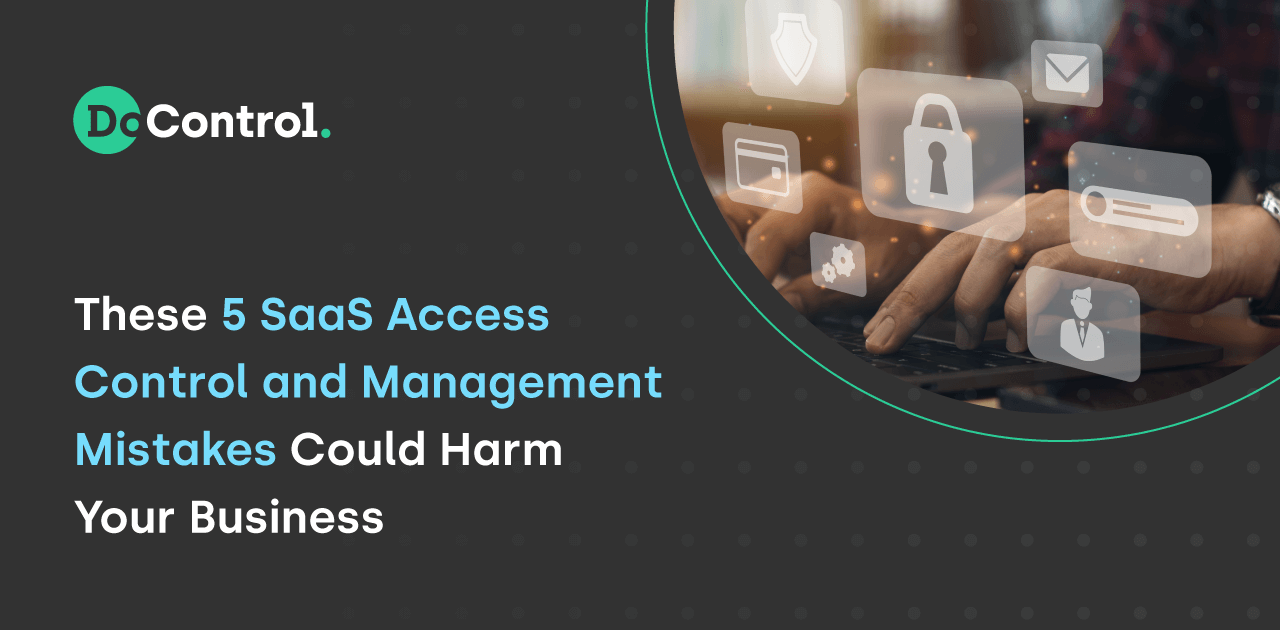
When remote/hybrid working models started to gain traction, CIOs responded by allowing the business to use whatever tools necessary (within reason of course!) to enable the business. This challenged CISOs as the risk introduced to the business fell solely on them. The risk was theirs to own and did not fall back onto the various departments within the business. Naturally this created security gaps that needed to be addressed as organizations began to navigate the “new normal” for working environments.
Today, there’s a notable shortage in cybersecurity specialists. (ISC)² projected back in 2017 that the shortage would fall to 1.8 million for this year. Updated reports now show that number being closer to 3 million. That shortage will likely continue to grow larger, and without question will be one of the main threats to national cybersecurity. Technology providers have an obligation to do more to automate and streamline processes to help security personas establish and maintain success in their role. The resource shortage combined with the complexity of the IT estate creates a high probability for things to go badly.
Here are 5 ways the DoControl No-Code SaaS Security Platform will help ensure the success of the security team:
1. Platform Management: DoControl is super lightweight and easy to use; it’s a web application that requires no agent or software installations of any kind, for any user. The platform is event-driven, whereby metadata sources are aggregated to pull in over 500+ events that enable access control policies to address a wide range of use cases. The organization’s risk posture provides exposed drives, asset exposure, exposed encryption keys, security alerts, remediation actions, and more. Security teams can quantify their SaaS security risk and present it back to the executive leadership team or board of directors.

2. Application Onboarding: In a few simple clicks security teams can onboard their business-critical SaaS applications. ‘Read’ permissions enable DoControl to gain full visibility into the application, and ‘write’ permissions allow for enforcement actions to take place on behalf of DoControl. On average, applications take between 5 to 10 minutes to be onboarded and integrated into the platform. From there, security teams benefit from the full asset management, the ability to monitor and control users, as well as creating granular data access controls to secure sensitive data.

3. Inventory Management: DoControl exposes a full inventory of every SaaS user, OAuth apps, assets, groups, domains, and more. As mentioned above, security teams can monitor and control the actions of both internal and external identities. Double clicking into specific users exposes asset and event trails, and teams can take manual action (i.e. change file ownership, remove external collaborators, or remove public sharing) to address high risk activities. The business-context (i.e. normal business practice vs high risk activity) that we extract and provide in the inventory and events tab provide the detail required to help streamline incident response efforts.

4. Policy Enforcement: DoControl’s Security Workflows allow for granular data access controls to be centrally enforced throughout complex SaaS environments. Creating policies is achieved on a low-code/no-code “drag-and-drop” canvas. Security teams can easily create workflows to address a wide range of use cases. Policies can be established based on use case or by individual application, and a library of pre-existing ‘playbooks’ can be customized to meet specific security program requirements. Because the DoControl platform is event-driven, as soon as an event is ‘triggered,’ a defined workflow becomes activated to provide automated remediation of high risk or anomalous activity. High-risk events will automatically generate an alert to the team, and from there they can take quick action to manually remediate the risk, or create a new workflow from a playbook that automatically prevents the event from taking place in the future.

5. Violation Notifications: Lower risk SaaS security events can be routed directly to individual actors (via email, or a Slack and Microsoft Teams webhook) to allow or deny actions such as sharing a google doc with an external user. Medium risk events can be routed to the line of business managers for approval. Policy violations or other high risk events can be routed directly to Security teams for review. Taking a ‘risk-based’ approach provides strong security, but doesn’t slow down the business. Additionally, by engaging with your business users it inherently improves their file sharing practices, and improves their “security mindedness.”

Security teams are stretched thin. DoControl provides foundational data access controls to secure sensitive data within the modern SaaS applications being leveraged by businesses today. Partnering with security teams enables your security teams to focus their energy and attention on other business-critical projects. See why more organization’s pursuing a cloud-first strategy are partnering with DoControl. When you’re ready, request a demo and meet with a DoControl expert to see how you can start reducing your SaaS risk exposure today.
.webp)
Research-based benchmarks to assess risk across critical threat model


Discover why sensitive data discovery tools often trigger false alarms, causing frustration for InfoSec teams. Learn why this happens and how to find tools for accurate detections.


Learn about the three primary types of Zoom vulnerabilities: in-meeting, data storage, and system access risks. Safeguard your organization effectively against these threats.


SaaS solutions are integral for workflows, granting anytime access to critical data. Yet, without robust SaaS Access Control Management, businesses face significant security risks.
